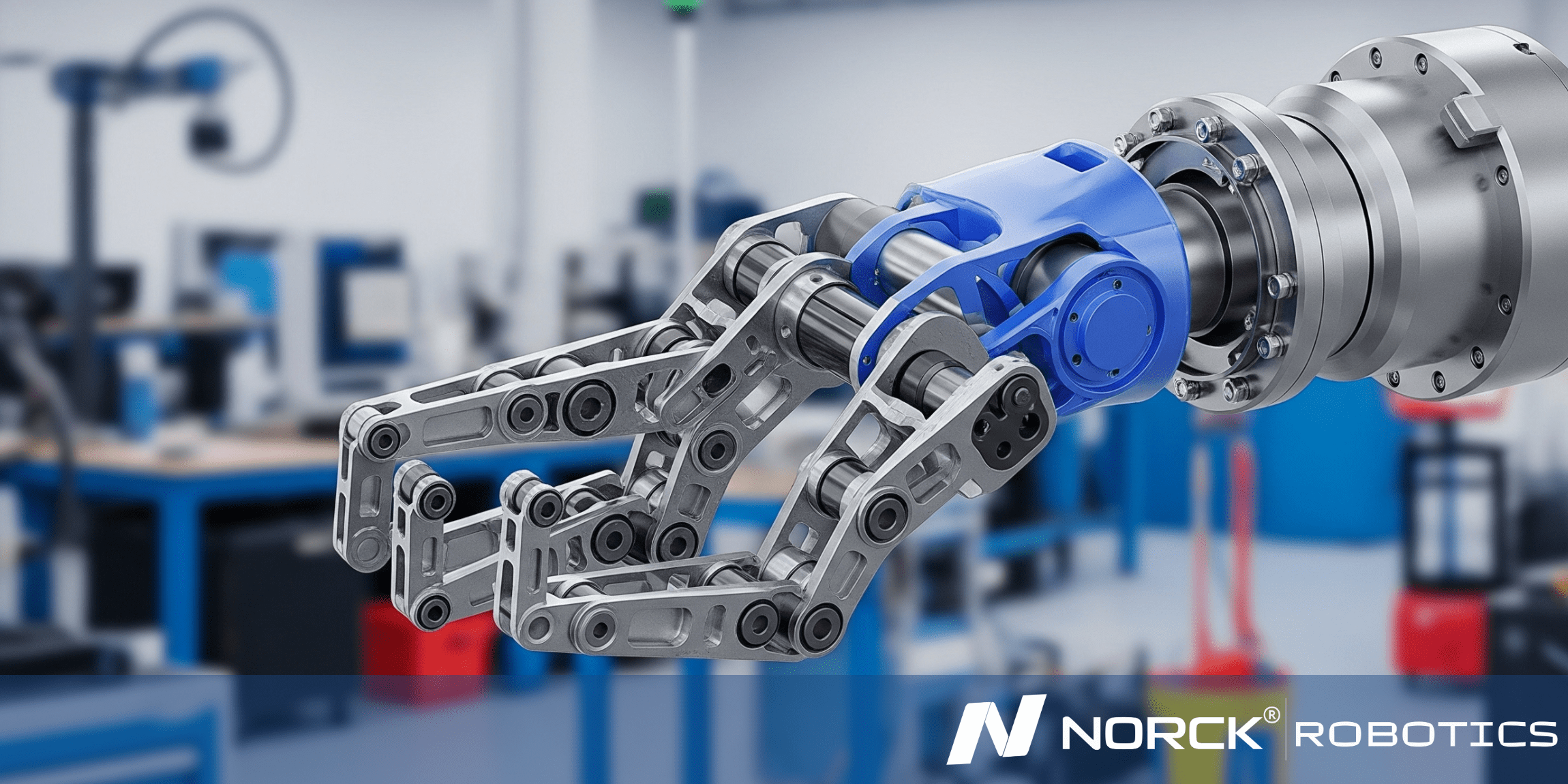
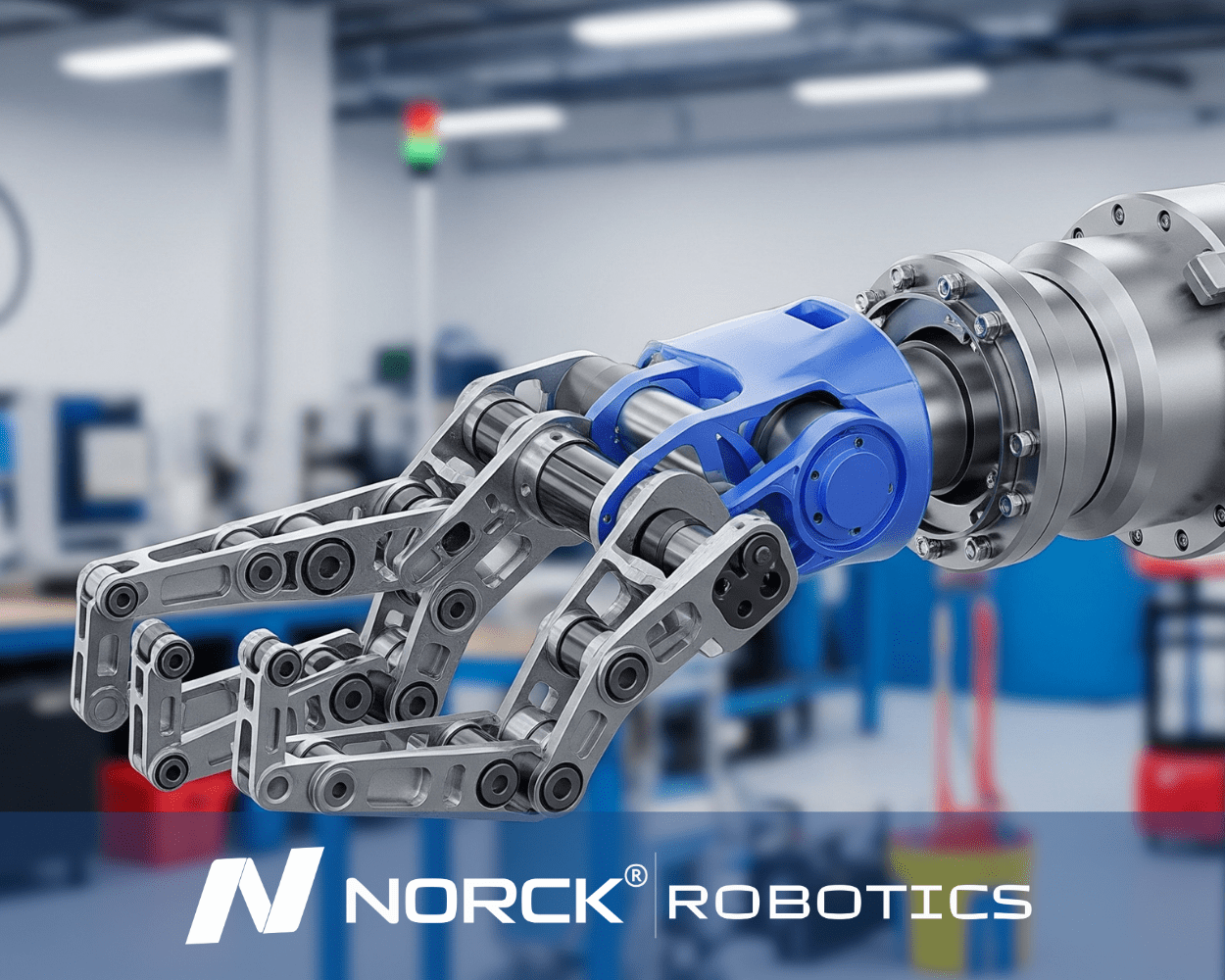
Ready to automate your future? Get a quote from Norck Robotics now!
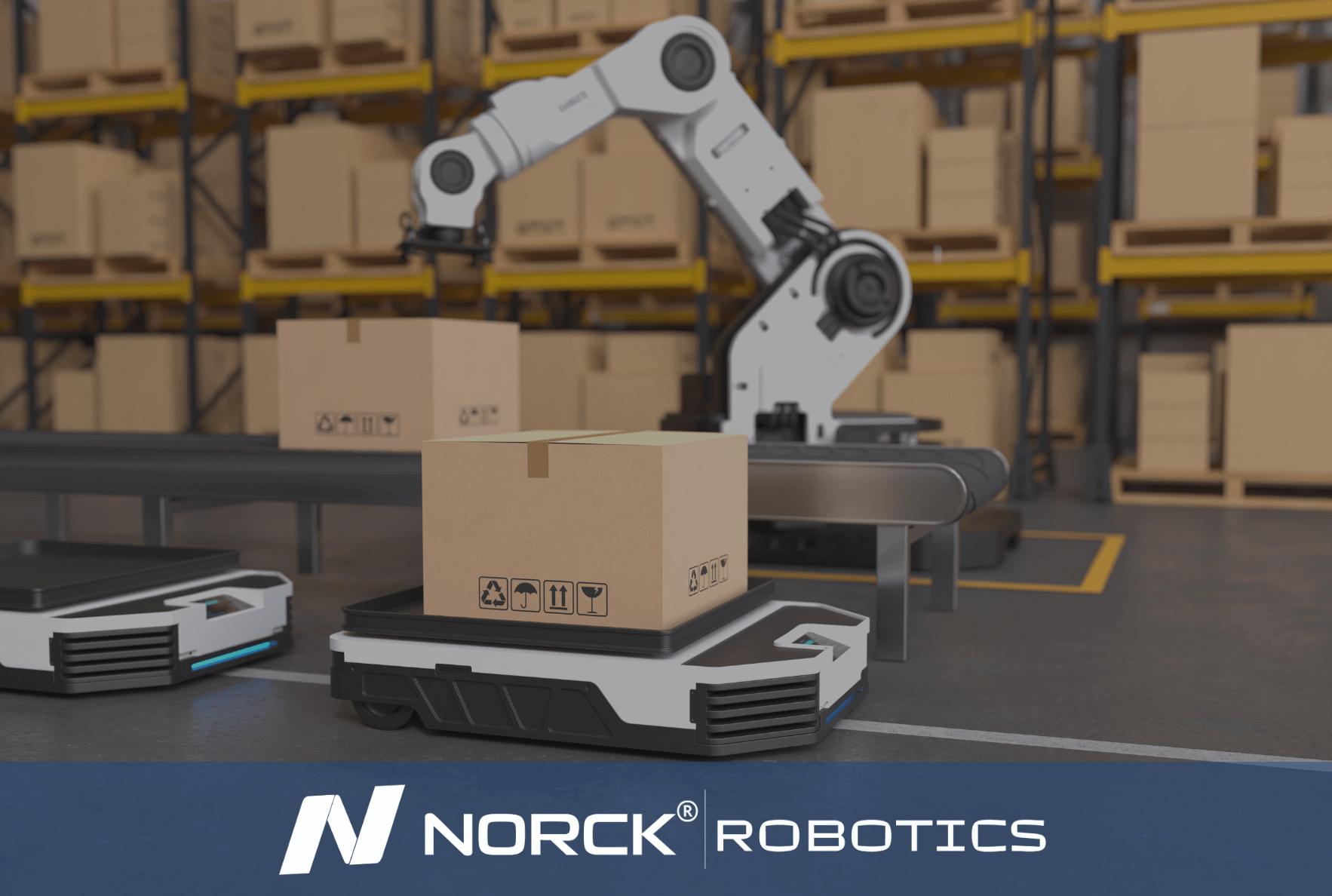
Norck Robotics specializes in providing unique robotic automation and engineering solutions designed to meet the specific operational needs of each client. Our expertise covers a wide range of industries and applications.
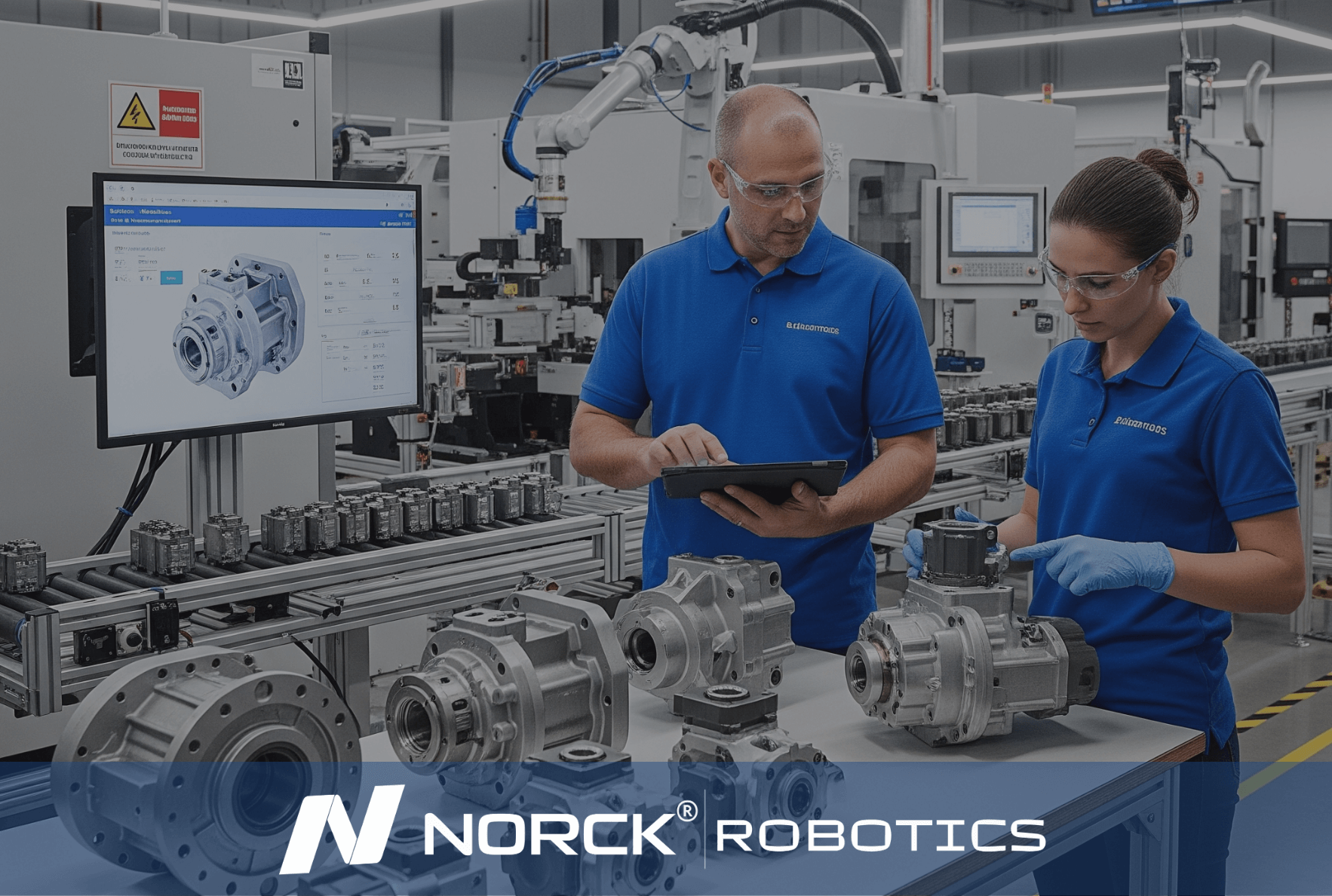
Norck Robotics delivers turnkey robotic automation and engineering solutions tailored to your specific needs across various industries.

Whether you need a single robotic cell prototype or full-scale factory automation, Norck Robotics engineers are ready to collaborate with you to bring your concept to life.

Norck Robotics engineers analyze your existing processes to provide feedback that enhances efficiency, cost-effectiveness, and productivity for robotic integration.

Torque feedback continuously measures the actual twisting force at the wrist joint and relays it to the controller. By comparing measured torque to the commanded value, the system fine-tunes motor output in real time. This ensures smooth, precise joint movement, prevents over-torquing, and enables the robot to adapt its grip or motion instantly under varying loads—critical for tasks requiring both strength and delicacy.
A torque sensor (strain gauge, piezoelectric or magnetic) detects instantaneous torque on the wrist shaft.
The controller evaluates the difference between measured torque and the target force profile.
It adjusts motor current or velocity to eliminate the error, modulating applied force to match exactly what’s needed.
This high-speed cycle runs continuously, allowing the robot to apply just enough force—no more, no less—when handling fragile parts or during precision assembly.

In addition to its own expert engineering team, Norck Robotics provides access to a network of hundreds of top-tier system integrators, robot manufacturers, and component suppliers across the United States, Germany, and Europe.

Working with Norck Robotics reduces dependency on manual labor, increases production consistency, and secures your operations against unforeseen disruptions, quality issues, and fluctuations. This enhances your company's supply chain resilience.
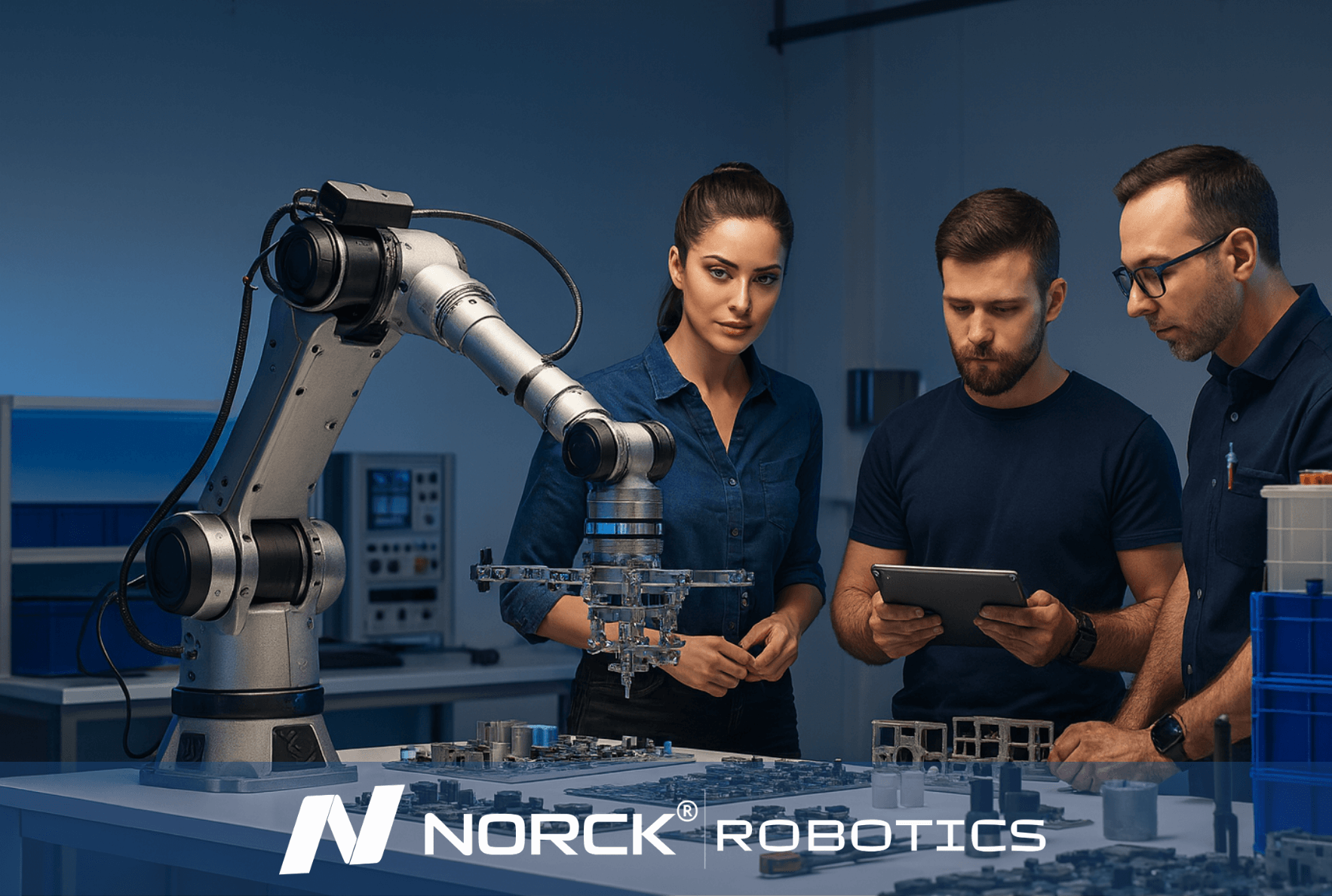
Norck Robotics advances digital automation by developing custom-designed robot grippers, advanced vision systems, and innovative simulation software. With an AI-driven, data-centric approach, it enables smarter system design, optimal performance, and predictive maintenance solutions.
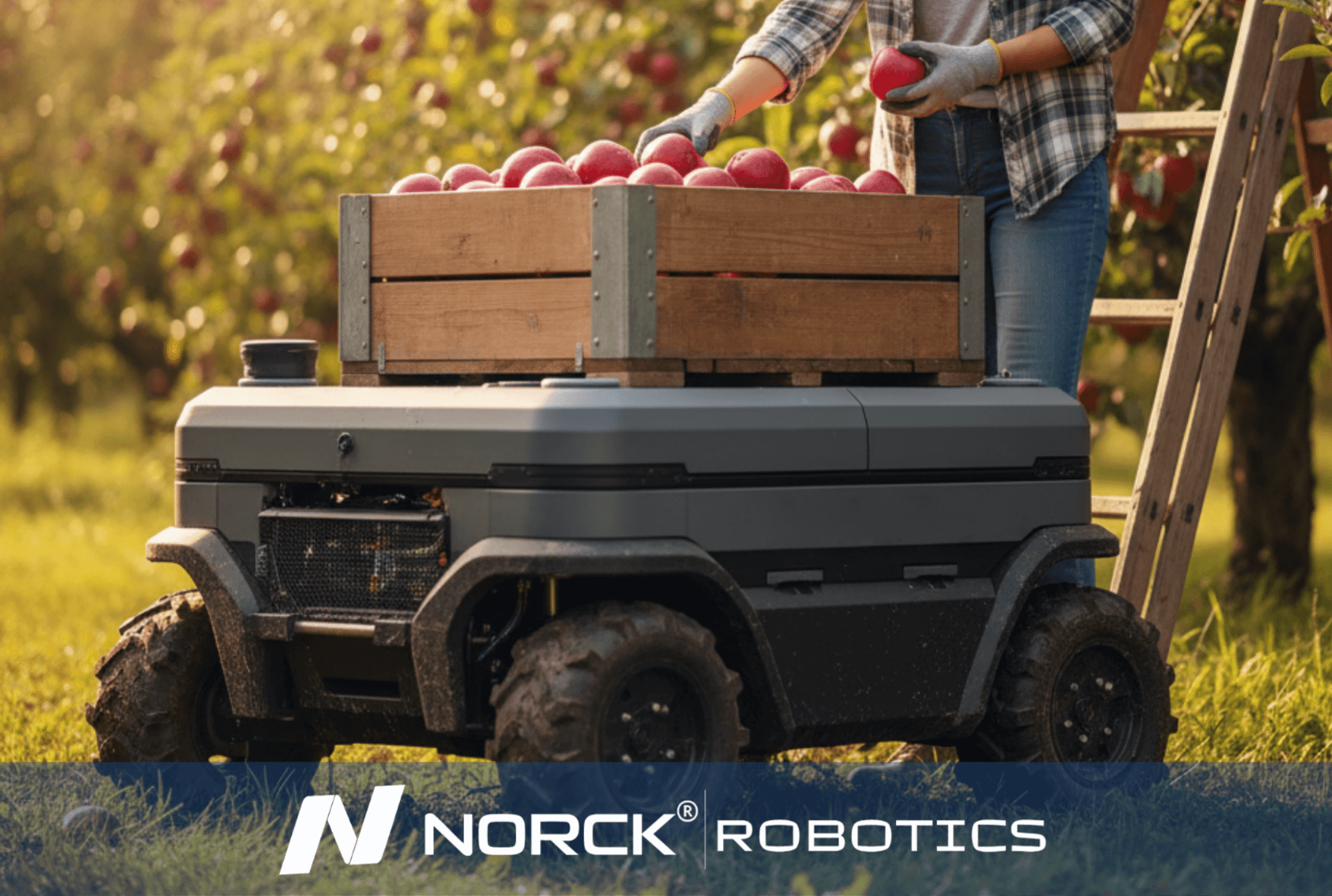
Norck Robotics encourages its partners to be carbon-neutral by reducing energy consumption and material waste through the efficiency of robotic automation, and prioritizes environmentally conscious suppliers.
Bonded to a torsion element, they measure tiny deformations under load, converting strain into an electrical signal proportional to torque.
Generate a voltage when mechanically stressed by torque, offering high bandwidth for dynamic force changes.
Detect shifts in a magnetic field caused by shaft twist, providing contactless measurement and rugged performance.